
Doug Ford's Troubling Traffic Solutions: Is Ontario Derailed?
2024-09-26
Doug Ford's Troubling Traffic Solutions: Is Ontario Derailed?
Ontario's Premier Doug Ford seems to be feeling the pressure as the scent of an early election wafts through the air. In a bid to regain voter favor, he has recently proposed two controversial initiatives aimed at alleviating the ongoing traffic chaos in the Greater Toronto Area (GTA), a growing concern for commuters.
First, Ford announced his support for provincial legislation that would prevent the City of Toronto from constructing new bike lanes if they result in the loss of existing lanes designated for vehicles. This decision has raised eyebrows among urban planners and environmental advocates, who argue that promoting cycling infrastructure is essential for reducing traffic congestion and pollution.
The second initiative, unveiled Wednesday, is even more audacious: a plan to construct a 50-kilometer car and transit tunnel beneath the heavily trafficked 401 highway, which slices through the heart of the GTA. While Ford was quick to promote a feasibility study for this monumental undertaking, he confidently asserted, 'We’re getting this tunnel built,' even promising that it would be toll-free for drivers. This unexpected announcement has ignited speculation that Ford may be intending to call a snap election before the scheduled date in June 2026.
However, critics of Ford's plans argue that these measures reflect outdated thinking about traffic management. Building more roads and tunnels may appear to solve the problem in the short term, but evidence from the region’s history suggests otherwise. The 401 highway has expanded from four to as many as 18 lanes over the decades yet remains notoriously congested. This paradox is partly because free road access drives up demand as drivers flock to the open asphalt without restraint, similar to wedding guests taking advantage of an open bar.
Moreover, many argue that imposing tolls would be a fairer approach. While public transportation options such as GO Transit require fares, drivers continue to enjoy free access to the roads, with the burden of financing road improvements falling largely on taxpayers from across the province, including those in Northern Ontario and beyond.
Calls are mounting for Ford to rethink his approach. Rather than investing billions into road construction that primarily benefits drivers, a more balanced perspective might prioritize enhancing public transit systems. Expanding GO Transit services could offer a viable, less polluting alternative for suburban and exurban commuters, easing their daily suffering from stop-and-go traffic. This shift could not only alleviate downtown congestion but also lead to improvements in air quality and overall public health.
The solution is clear: it’s not the cyclists causing delays but the overwhelming number of cars on the roads. Yet political reluctance to embrace tolls or invest adequately in transit infrastructure leaves Ontario facing a cycle of congestion that seems to have no end in sight.
As the discussion of transportation in Ontario evolves, one can't help but wonder what radical solution the premier of the future might propose to address the same age-old problem of gridlock—perhaps a network of elevated highways to complement the already congested cityscape below? If current trends continue, Ontario's commuting future could look bleak indeed.


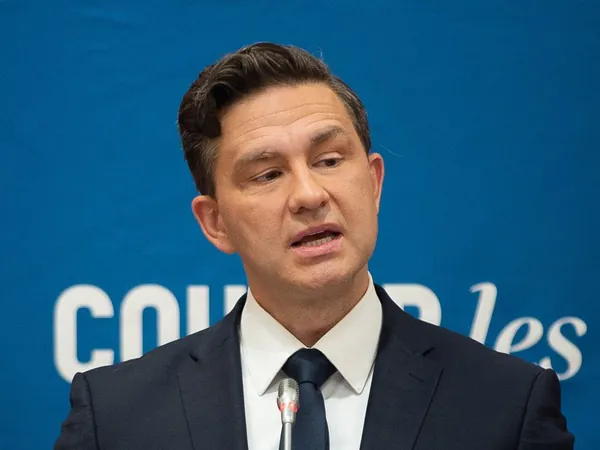
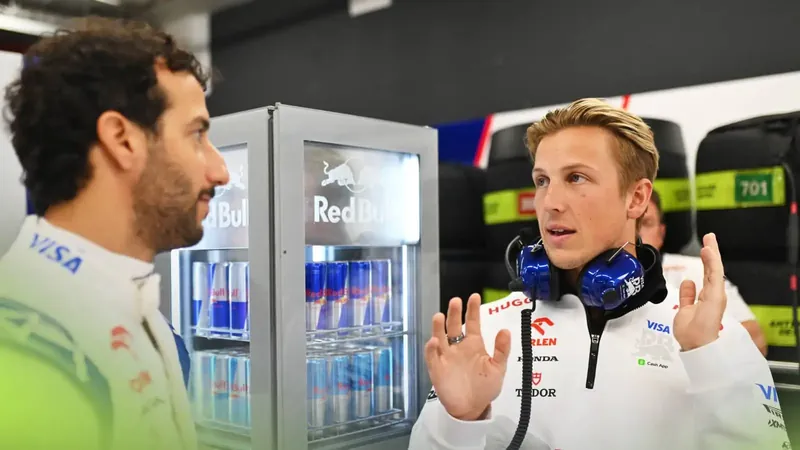

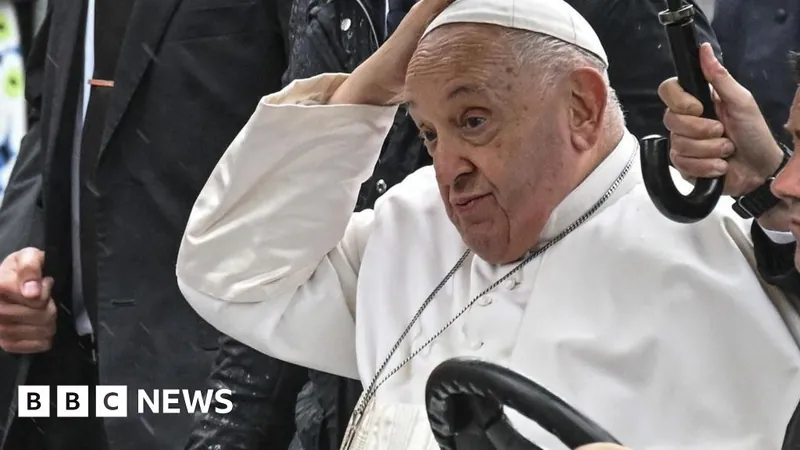
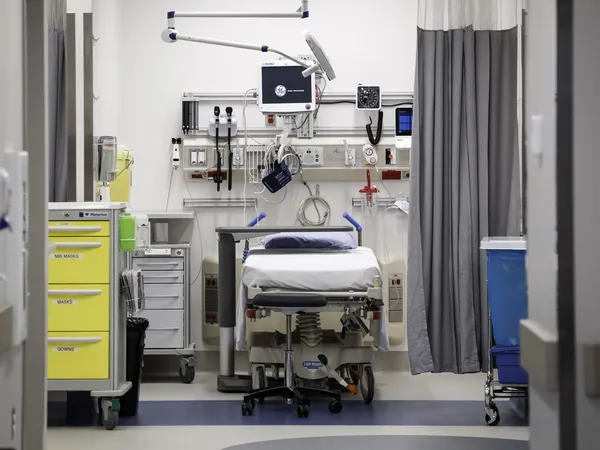

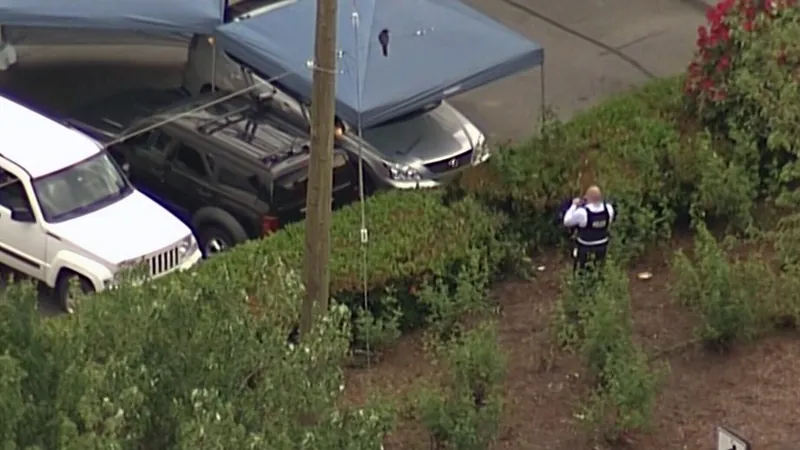
 Brasil (PT)
Brasil (PT)
 Canada (EN)
Canada (EN)
 Chile (ES)
Chile (ES)
 España (ES)
España (ES)
 France (FR)
France (FR)
 Hong Kong (EN)
Hong Kong (EN)
 Italia (IT)
Italia (IT)
 日本 (JA)
日本 (JA)
 Magyarország (HU)
Magyarország (HU)
 Norge (NO)
Norge (NO)
 Polska (PL)
Polska (PL)
 Schweiz (DE)
Schweiz (DE)
 Singapore (EN)
Singapore (EN)
 Sverige (SV)
Sverige (SV)
 Suomi (FI)
Suomi (FI)
 Türkiye (TR)
Türkiye (TR)